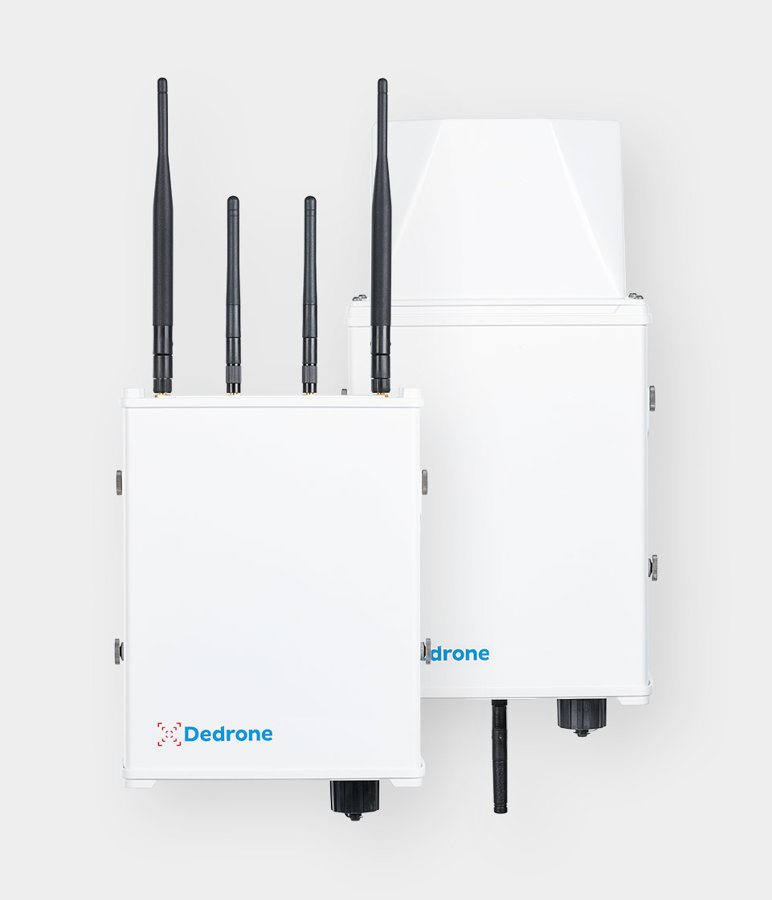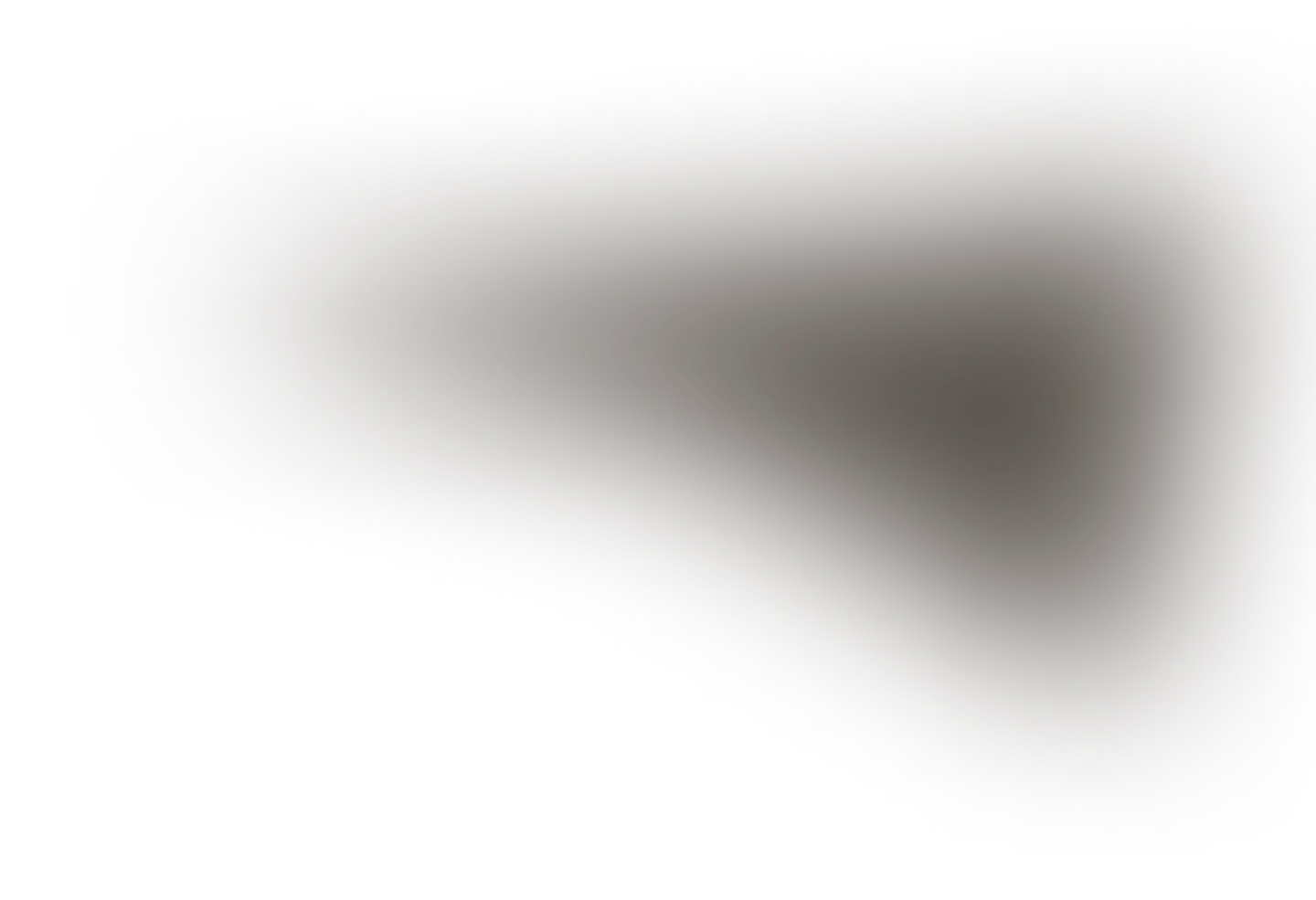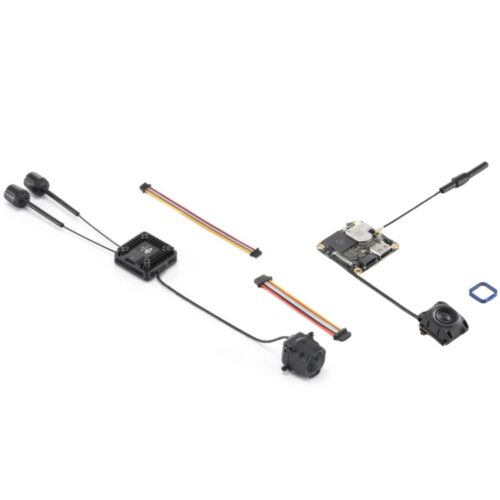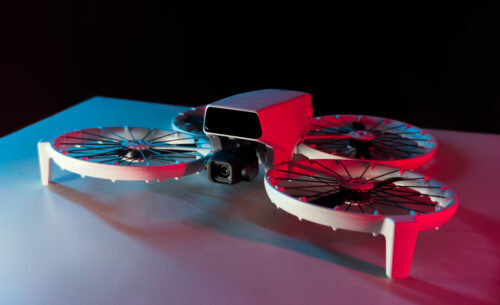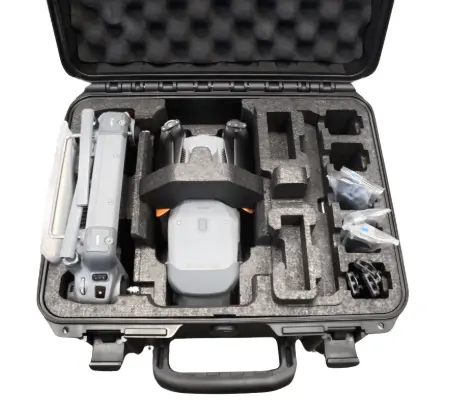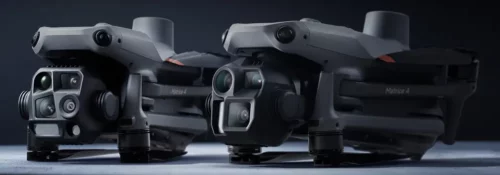What is Dedrone and how does it work?
< Atpakaļ uz sarakstu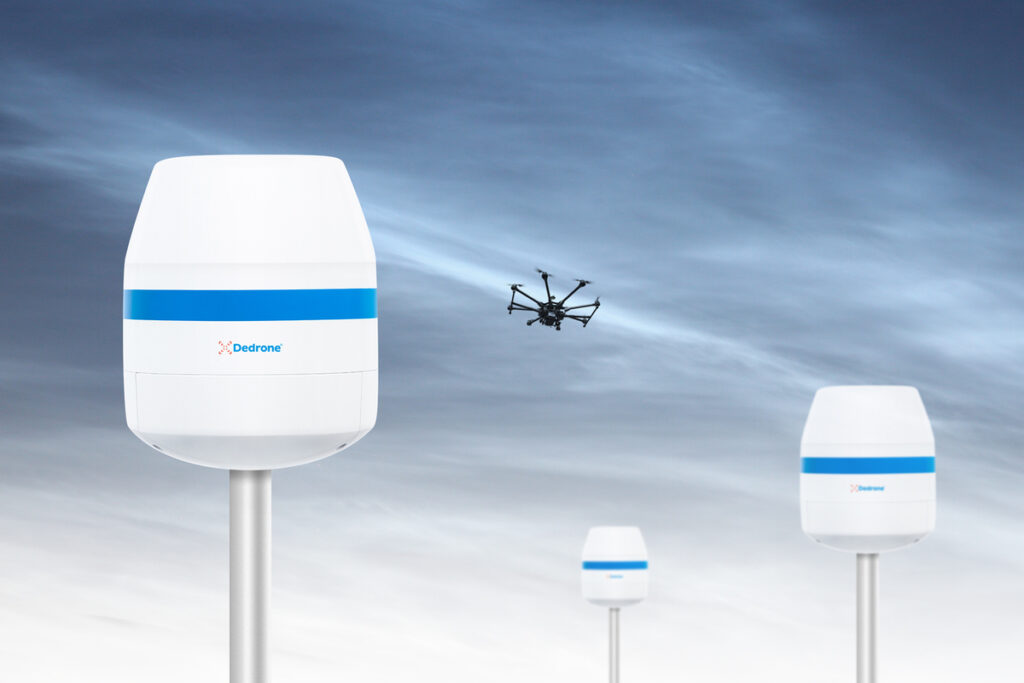
Dedrone is a leader in technological solutions and market size related to protection against drones. Based in San Francisco, California, Dedrone was founded in 2014. It offers an automated, self-thinking drone detection, identification, and threat mitigation platform, designed to protect against potential drone threats 24/7. Its automatic software, "Drone Tracker," provides timely alerts on unauthorized flights or threats near critical infrastructure. These systems help protect various locations, including government buildings, prisons, and airports, against threats from thieves, spies, or terrorist attacks.
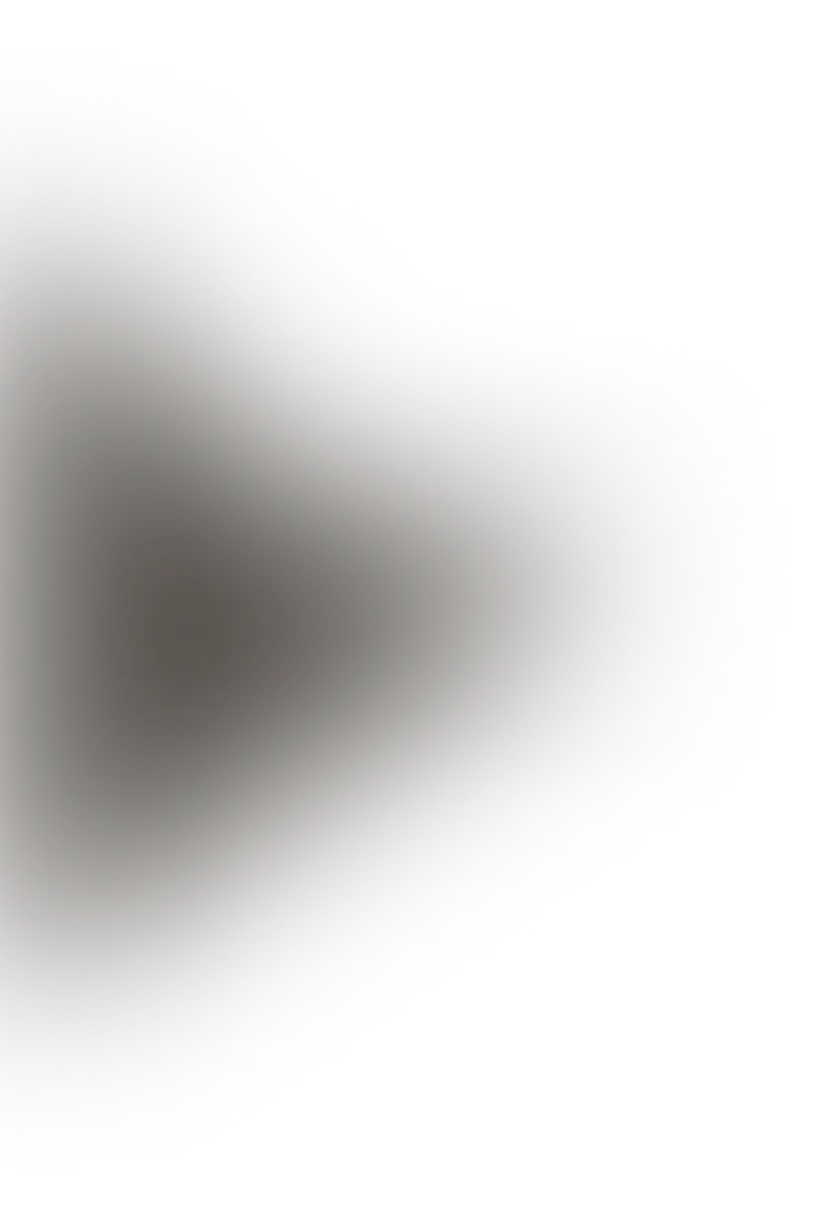

Detect Unauthorized Drones: A comprehensive airspace security platform that detects, classifies, and mitigates potential drone threats.
Identify and Classify: The software recognizes and classifies various types of unmanned aerial vehicle (UAV) platforms.
Locate Drones and Pilots: The localization technology provides information about the location of both the drone and its operator.
Neutralize Threats: Using various anti-threat technologies, the system protects your organization and neutralizes incoming threats.
Software
Drone technology is evolving rapidly, and only software can keep pace. The DroneTracker can be installed on your existing network or used as a cloud service. It contains the DroneDNA database to recognize and classify UAVs via their RF, Wi-Fi, and non-Wi-Fi signals. DroneTracker can also integrate sensors from other manufacturers to trigger additional alarms or enable threat mitigation actions.
DroneDNA is a machine-learning system and classification engine trained to recognize a wide variety of drones. It can distinguish drones from other moving objects like birds or airplanes. DroneDNA signatures are continuously updated, keeping Dedrone’s system informed about the latest UAVs on the market.

Evidence reports
Dedrone’s sensors and integrated video cameras provide irrefutable evidence. This includes data such as the drone’s manufacturer, model, flight time, coordinates, duration, and video footage. All of this is analyzed and presented in comprehensive reports.
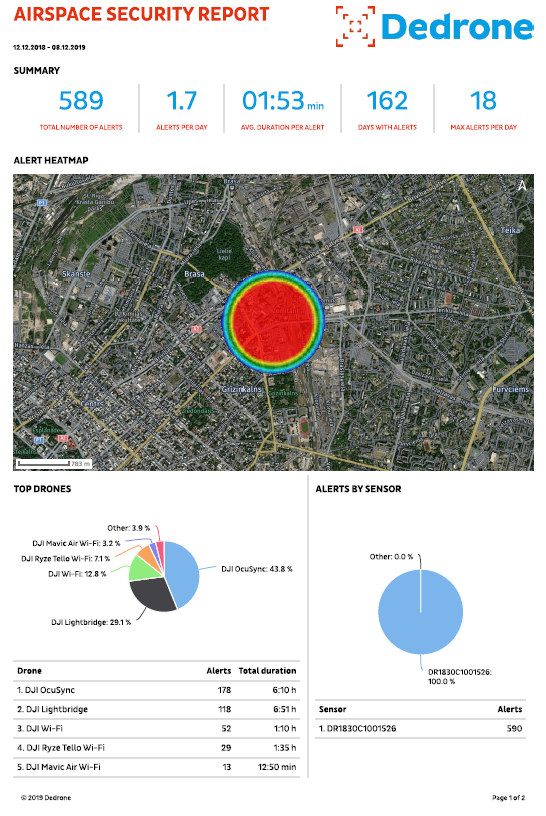
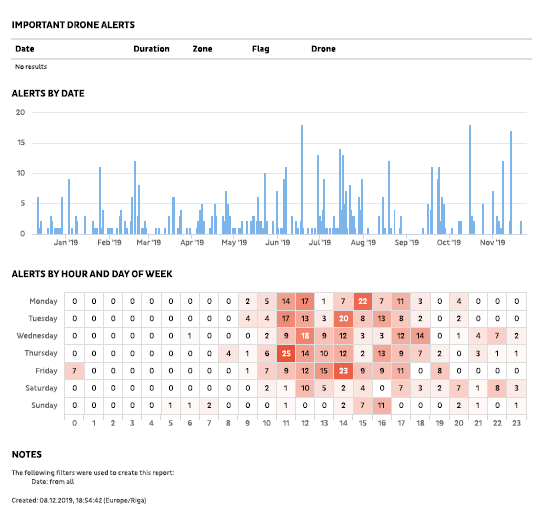
Airspace security technology
- Detection of the latest drone threats
- Drone and pilot localization
- Multi-sensor data analysis
- Customizable to infrastructure requirements
- Integration with third-party sensors
- Automated threat alerts
- Detailed evidence collection
- Automated airspace reports
Airspace monitoring platform
Dedrone’s technology can be enhanced with additional third-party sensors, allowing clients to adapt their systems to specific requirements. Multiple sensors can be connected to DroneTracker, providing accurate detection even in complex airspace environments. Jamming systems can be activated through an API, triggering defense mechanisms to neutralize threats.
Equipment
Dedrone RF sensors detect drones and remote control signals via radio frequencies (RF). They identify commercial, hobbyist, or custom-made drones, including the popular DJI product line.
RF-100 and RF-300 sensors – These sensors detect and classify drones based on software-defined radio (SDR) signals. The detection range can reach up to 1.6 km, depending on the setup and environmental characteristics.
Best for:
- Airspace awareness. The ability to identify what devices are flying near us.
- Timely detection of drones. Even before takeoff.
- Drone classification and threat assessment.
RF-100:(Manufacturer’s description here)
- Wide-range detection and early alerting
- Identifies and classifies drone types
- Integrated reporting system for critical drone threats
RF-300:(Manufacturer’s description here)
- RF-based localization of drones and pilots
- Tracks drones and their operators and positions them on a map
- Works with RF-100 sensors and video-based detection systems
